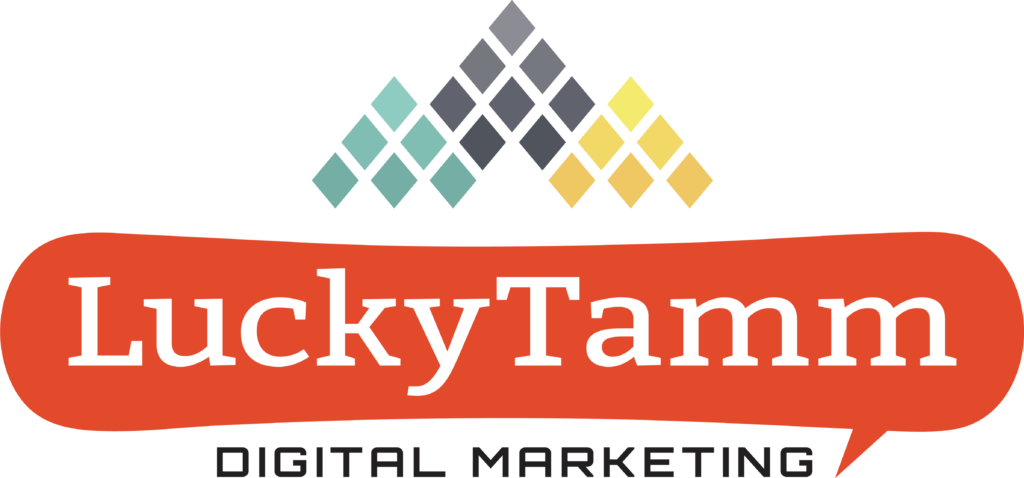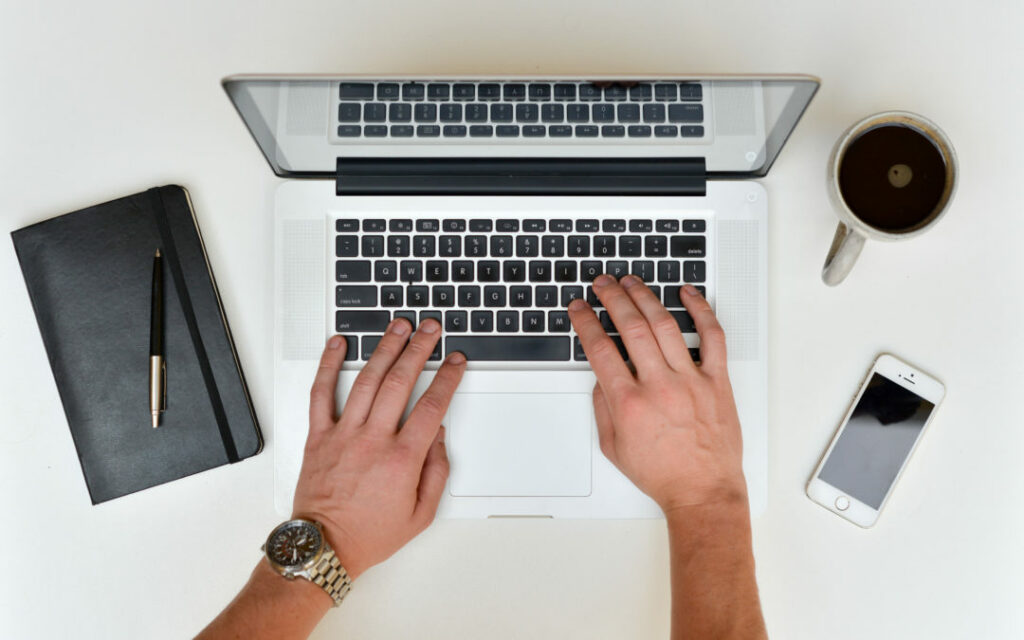This is the second in a series of LuckyTamm New Year’s Resolutions for 2017
You’re back to work after the holidays. Maybe you didn’t take the time between Christmas and New Year’s off, which probably means your desk is sparkling clean right now. You may have resolved to be more organized this year, which means you’ve got folders and binders on your desk just waiting to be labeled. But why not apply some of those organizational goals to your digital habits?
Resolution 1: Better Email Hygiene
Probably the number one complaint of busy workers is being overwhelmed by emails throughout the workday. While many forecasters have speculated that email is going the way of snail mail, it is still the preferred method of communication, especially as more and more workers are spread out in disparate locations. Important emails get lost in the shuffle, while less important ones distract from current tasks. The solution is to make email hygiene a habit, and, of course, use digital rules to help keep distractions at bay.
- Set up sorting rules in your email system. Most email programs allow you to set rules for where messages go, so instead of having the least important emails at the top of your inbox and therefore the top of your mind, you can have them for later. For instance, if there is a group distribution list in your company that gives you the cafeteria menu every day, have it go into a separate folder that is minimized until you want to look at it. You can set similar rules by sender, by subject, or by “to” field.
- Unsubscribe from anything unimportant. Take a few minutes to go through your daily emails and make sure you’re actually interested in the news you’re getting from subscribed lists. Maybe you do care about the 20 percent off coupon from the deli down the street that comes in once a week (make sure it goes into an off-inbox folder, as described above), but you don’t need to get the newsletter from that hiking group you joined online but never went to. Unsubscribe to as many as possible. Or use a free program like UnrollMe to gather them all into a single bundle.
- Start a flagging habit. Once you’ve got a good automatic system that will remove less important emails from your inbox so you can get to them later on or when you need them, you should have fewer emails in your inbox to start with. First thing in the morning, go through these emails, delete the ones that are unnecessary, and flag the ones that you need to respond to. You can use a color-coded system or even a filter/filing system to move them to prioritized folders so you know which ones you need to respond to urgently, or which ones you can get to later.
- Delete, delete, delete. If you’re using a work email with limited data storage, chances are that your system automatically archives emails after a certain number of days. Nevertheless, you can help out by deleting old emails that don’t matter. Start a habit of deleting emails that are acknowledgements, such as any email that just says “thank you”, or responses to calendar invitations.
Resolution 2: Better Desktop Organization
We’re all guilty of it: saving files willy-nilly to the desktop so that they’re easier to find when we need them. But if you’re working in an office setting, you should be saving files to the network drive. Why? First, because you need that memory space for yourself. No need to clutter up your own work computer with image files and document drafts. Secondly, your network drives are probably automatically backed up, so if something happens to your desktop or laptop, you won’t lose everything you’ve ever worked on. And finally, if your colleagues need to access your work, they can’t do that if it’s hiding on your own computer. Here are a few tips for better filing.
- Set up folders that will make sense to you. Use categories of work, facilities where those categories are used, years or months to organize. You’re going to want a system that makes it easy for you to remember where things go. If you work in multiple drafts, set up “most recent” and “old” folders so you can put past drafts somewhere out of sight so you won’t accidentally send the wrong version to the CEO.
- Be consistent and be logical. If your coworkers are going to be accessing your files, this is especially important. If they can’t figure out your filing system, there’s less reason for it to be accessible on the network files. If you can, get a coworker to look over your filing system and see if it makes sense to them.
- Start a habit of saving to the network drive automatically. Set your download location to be a file folder on your network.
- Set apart some time once a week to clean off your desktop. This is good in the physical world as well as the digital world. Throw away the stuff you no longer need and empty the recycling bin. Move the files you actually want and need to their proper place. This way, even if your daily habit of saving to the right networked folder gets thrown out of whack, you have a backup habit so you don’t end up drowning in digital mess.
- Start a file naming convention. This is something that matters less if you’re working in a cloud environment where documents update automatically, like Google Docs, but if you’re working in something less forgiving, like SharePoint or your own manually-updated-from-emails network, you need to know which is the most recent draft. Don’t make anything too long or the file name will get atrocious, but it’s a good idea to include the editor’s initials, draft number, and date if possible. If you can get other editors of your drafts to do this as well, you will save yourself any number of headaches.
Resolution 3: Social Media Clean Up
People use social media for a variety of reasons, from keeping in touch with friends from long ago to keeping a social calendar to business networking and beyond. Although some social scientists argue that getting off social media entirely will make you happier, going on a detox is definitely not advisable for everyone, and not even possible for some. You can, however, mitigate the misery that social media causes by better curating your lists.
- Unfollow, unfollow, unfollow. You may have to stay friends with Aunt Margaret because she’ll cry to your mom if you unfriend her, but you don’t have to see all the Facebook posts about politics she throws up that make you angry. Twitter and Instagram don’t have the same algorithms that Facebook does, so you actually will have to remove people or entities from those feeds that make you unhappy. But if you don’t have a concrete reason for following or being friends with someone, there’s no reason to. Let it go.
- Do a security check up. Is your profile visible to everyone? Do you want it to be? Do your due diligence and make sure a future employer or former stalker isn’t getting details on your daily life that you don’t want them to see. Facebook and Snapchat let you determine which audience sees your posts, but be aware that anything you put on the internet is basically public and basically permanent.
- Quit reading your feeds before bed. This one is tough – our phones are often our connection to the world, and we often have a lot of downtime before bed to check in. But spending that time on social media can disrupt your sleep habits in pretty gruff ways. So even if you can’t quit altogether, quit an hour before bedtime. Do something “analog” instead – like read a book or talk to your partner. Social media will be there in the morning, I promise.
Using these tips can help you get digitally organized for this new year, and are great habits to teach to your colleagues and friends. They won’t necessarily help you lose weight, eat better, or get you to the gym for those early morning workouts, but they might free up more time to help you accomplish those goals.

